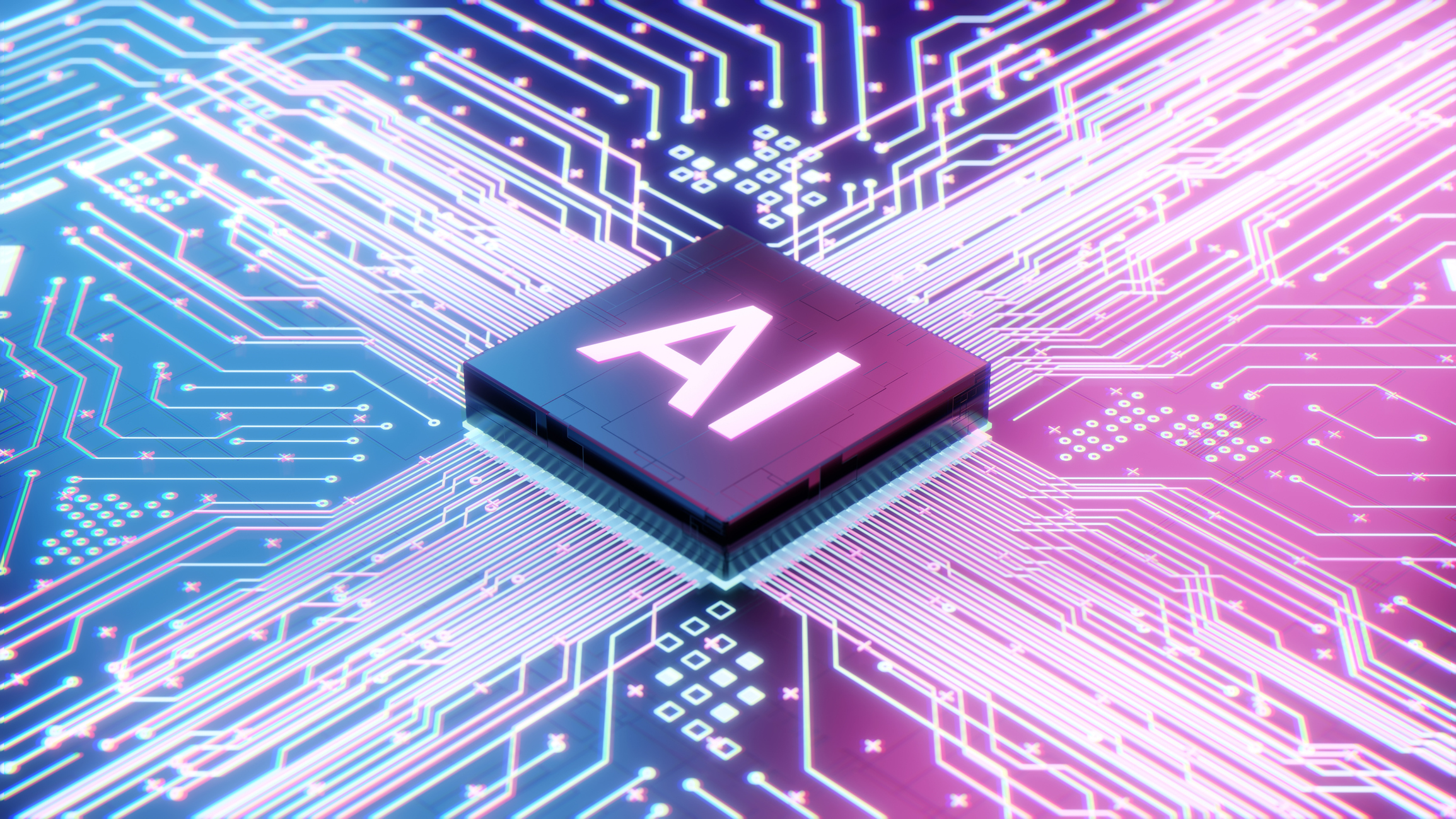AI in Transportation: A Big Future?
29 Apr 2021
Just 10 years ago, discussion of AI and transport was based on theoretical concepts - we have come a long way in a decade. AI is now transforming transport.
From autonomous vehicles, AI-assisted urban planning and drone taxis to transportation management systems and the plethora of smartphone apps that help us plan journeys, we are benefitting from improved safety, better transport cleanliness, and increased efficiency.
The concept of AI
Although the full potential of AI in transportation is yet to be realized, we are witnessing ground-breaking developments in artificial intelligence and an incredible amount of government-supported R&D that are expected to have a big impact on our future. To predict how AI will continue to transform our lives, the AI XPRIZE Foundation launched the first-ever Ethics and Governance of Artificial Intelligence competition, a five-year-long contest that aims to show how humans could engage with AI technologies to solve some of the world’s more pressing issues, such as disease, poverty and climate change. One pressing challenge facing society is transportation.
Though self-driving cars often attract the most attention, there are now autonomous vehicles (AV) on the road - and they are proving popular. Equally important are urban planning, traffic management and smart cities.
AI and urban planning
Today, AI algorithms are able to take huge amounts of data and present drivers with highly accurate, human-like traffic forecasts, which make planning a trip on a smartphone or sitting in traffic much easier. Artificial intelligence is also used for urban planning - the process of designing cities. AI can identify desirable development sites and identify high-density, walkable development zones. It then figures out how to fit them into a small space and how to deal with congestion and air pollution. AI in urban planning is also being used to accurately predict traffic flow.
AI and traffic management
China plans to put every urban car on a 5G network, meaning these cars could communicate with infrastructure and each other, reducing traffic, improving journey times and driving efficiency.
It's all about connectivity and telematics - data is made available and crowdsourced to make traffic management more efficient. Also, smart traffic lights will help monitor pollution levels to direct drivers to suitable routes - including vehicle-to-vehicle communication to control speed.
Traffic management for traffic congestion and pollution is already in place in London's congestion charge zone. The zone was adopted in 2003 as part of a comprehensive strategy to reduce congestion and pollution in Central London. Singapore, Oslo and Stockholm operate similar schemes. We can expect more to follow.
A range of traffic management products and systems – including advanced traffic management systems, intelligent traffic cameras and sensors – are used by local authorities and transport providers to detect traffic and congestion.
People suffering traffic congestion and air pollution are demanding better solutions. The current solutions rely on technology such as traffic control and notification systems, as well as technologies for road management, such as computerized toll collection and congestion charging systems. AI will transform all this.
Similarly, growing congestion problems in developing and middle-income countries are putting a strain on existing mass transportation systems, as well as public health services. The increasing use of public transportation, alongside traffic congestion and pollution, is creating a demand for public transport solutions that are more flexible and easier to use.
In Hong Kong, a fast-paced city where getting around is essential to its many movers-and-shakers, Tekcent stepped in to help solve the problem of commuters trying to hail taxis during often-frenzied peak rush hours. The resulting Taxi Queue Monitoring system, which is packaged in an app, uses CCTV systems and machine learning to monitor supply and demand, which are analyzed to deter-mine the ratio between taxis and people at any given queue. This helps commuters pick the most suitable queue.
The app provides greater convenience for commuters and improves transport efficiency.
AI and vehicles
Google, Apple, Tesla, Mercedes, Ford and Uber are all testing driverless cars and building them. This technology is coming to the roads at large in the near future and will transform the transportation industry, which is extremely difficult to automate. However, this will involve a fundamental change in the way people go about their daily lives. It is worth exploring this particular area of AI to understand how we can all benefit from it. Self-driving cars will revolutionize driving, primarily in urban areas, since they will be able to match traffic flow and adjust speed as necessary. For this reason, self-driving cars have the potential to reduce traffic fatalities drastically.
Smart cities, smart transport
The increasing penetration of smartphones and smart vehicles is fueling a boom in on-demand transportation services such as car-sharing and e-hailing - a significant part of this is due to the rise of smart cities and the greater efficiency that can be achieved through new technology. Looking to the future, a great deal of focus is on smart transport systems, for example how drone taxis could revolutionize transport for less well-off countries.
Final thoughts
It is clear that a more intelligent transportation system is one that improves the lives of citizens and creates new and better jobs. Governments and society must continue to invest in AI, transport and infrastructure, and in the society it creates.

